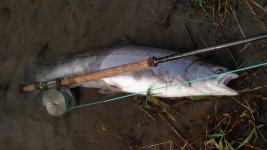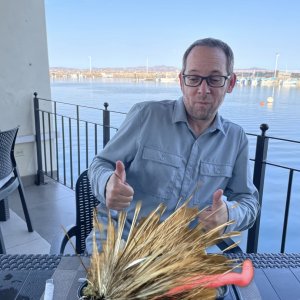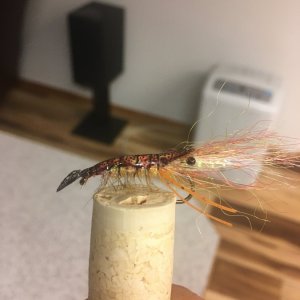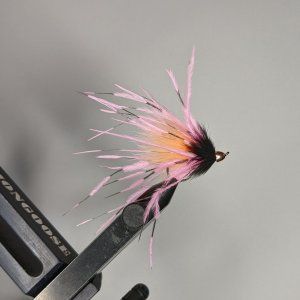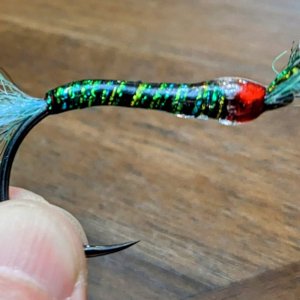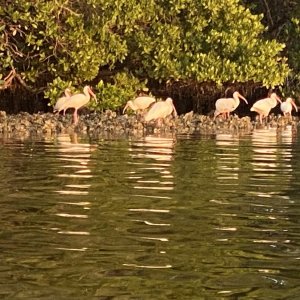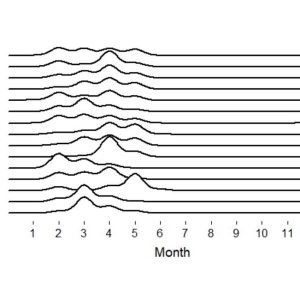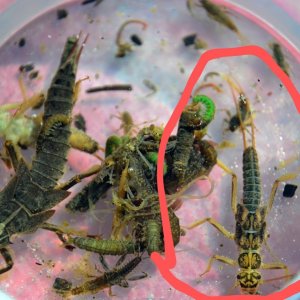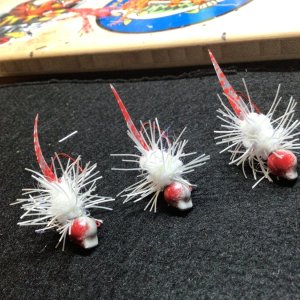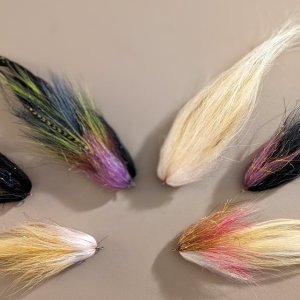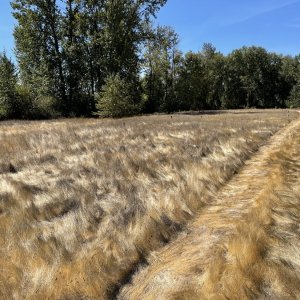Curt asked for it.........he got it.
BBD -
We agree that WFC has goals and objective but I think I have a bit more cynical view of those. In line with Charles' point that facts are important I offer the following time series:
Year - - escap. - - Note (early time hatchery releases)
1994 - - 6,412 - - Hatchery releases essentially doubled (400,000 to 600,000/year)
1995 - - 7,656
1996 - - 7,448
1997 - - N/A
1998- - N/A
1999 - - 7,820
2000 - - 3,780
2001 - - 4,584
2002 - - 5,394
2003 - - 6,818 - - Monster Sauk flood in October affecting freshwater survival for several years
2004 - - 7,332
2005 - - 6,382
2006 - - 6,757 - - Sometime between 2005 and 2008 hatchery plants reduced to 225,000
2007 - - 4,242
2008 - - 4,887 - - Hatchery releases ended in the Sauk
2009 - - 2,502
2010 - - 3,981
2011 - - 5,462
2012 - - 6,185 - - Occupy Skagit
2013 - - 8,727
2014 - - 9,084 - - Last year of steelhead hatchery releases
2015 - - 8,644
2016 - - 7,924
2017 - - 6,380
2018 - - 6,084
2019 - - 4,314
2020 - - N/A
2021 - - 3,369
2022 - - 5,601
Should note that whether the spring C/R fishery happens is not whether the run will meet an escapement goal, but rather about certain thresholds what sort of allowable exploitation rates that the co-managers and NMFS were unlikely to represent a jeopardy of extinction.
If folks are interested in discussion these kinds of questions or ESA recovery needs/effort in the Skagit basin I suggest that our discussion be move to a separate thread.
Curt
BBD -
We agree that WFC has goals and objective but I think I have a bit more cynical view of those. In line with Charles' point that facts are important I offer the following time series:
Year - - escap. - - Note (early time hatchery releases)
1994 - - 6,412 - - Hatchery releases essentially doubled (400,000 to 600,000/year)
1995 - - 7,656
1996 - - 7,448
1997 - - N/A
1998- - N/A
1999 - - 7,820
2000 - - 3,780
2001 - - 4,584
2002 - - 5,394
2003 - - 6,818 - - Monster Sauk flood in October affecting freshwater survival for several years
2004 - - 7,332
2005 - - 6,382
2006 - - 6,757 - - Sometime between 2005 and 2008 hatchery plants reduced to 225,000
2007 - - 4,242
2008 - - 4,887 - - Hatchery releases ended in the Sauk
2009 - - 2,502
2010 - - 3,981
2011 - - 5,462
2012 - - 6,185 - - Occupy Skagit
2013 - - 8,727
2014 - - 9,084 - - Last year of steelhead hatchery releases
2015 - - 8,644
2016 - - 7,924
2017 - - 6,380
2018 - - 6,084
2019 - - 4,314
2020 - - N/A
2021 - - 3,369
2022 - - 5,601
Should note that whether the spring C/R fishery happens is not whether the run will meet an escapement goal, but rather about certain thresholds what sort of allowable exploitation rates that the co-managers and NMFS were unlikely to represent a jeopardy of extinction.
If folks are interested in discussion these kinds of questions or ESA recovery needs/effort in the Skagit basin I suggest that our discussion be move to a separate thread.
Curt

